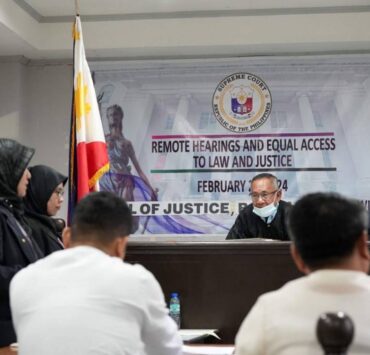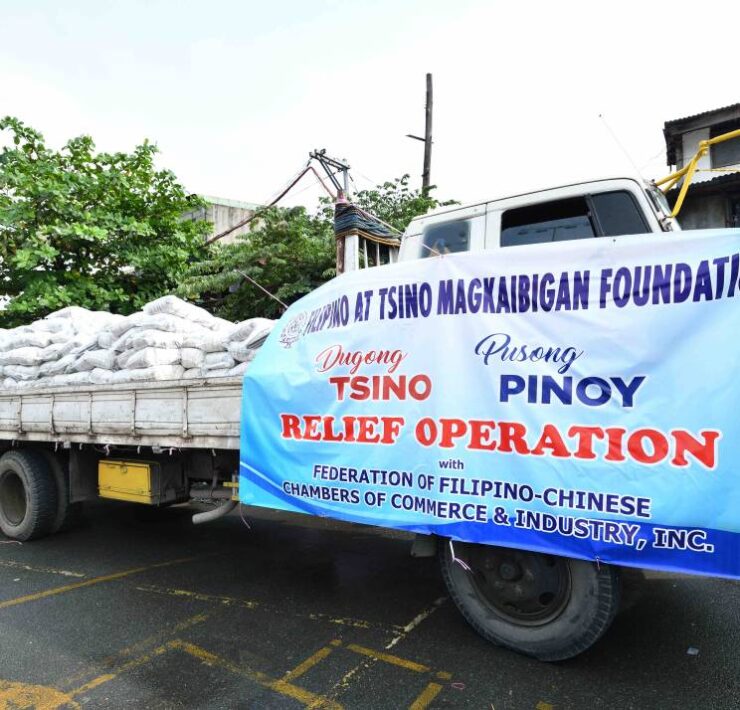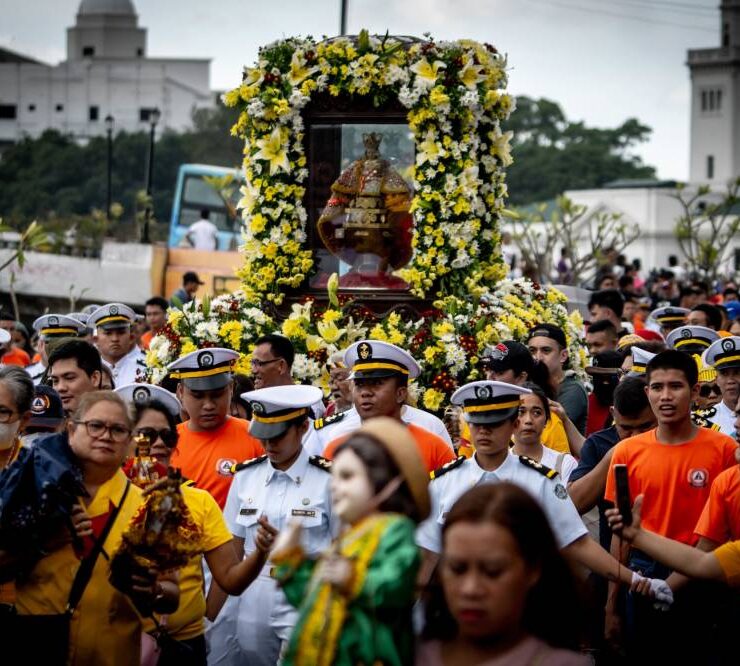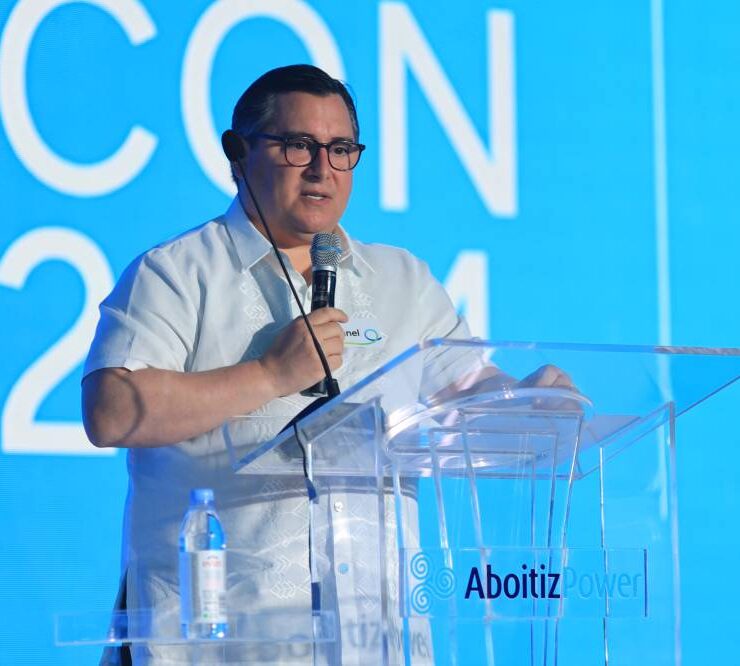Building hope in Pag-asa amid China’s constant threat
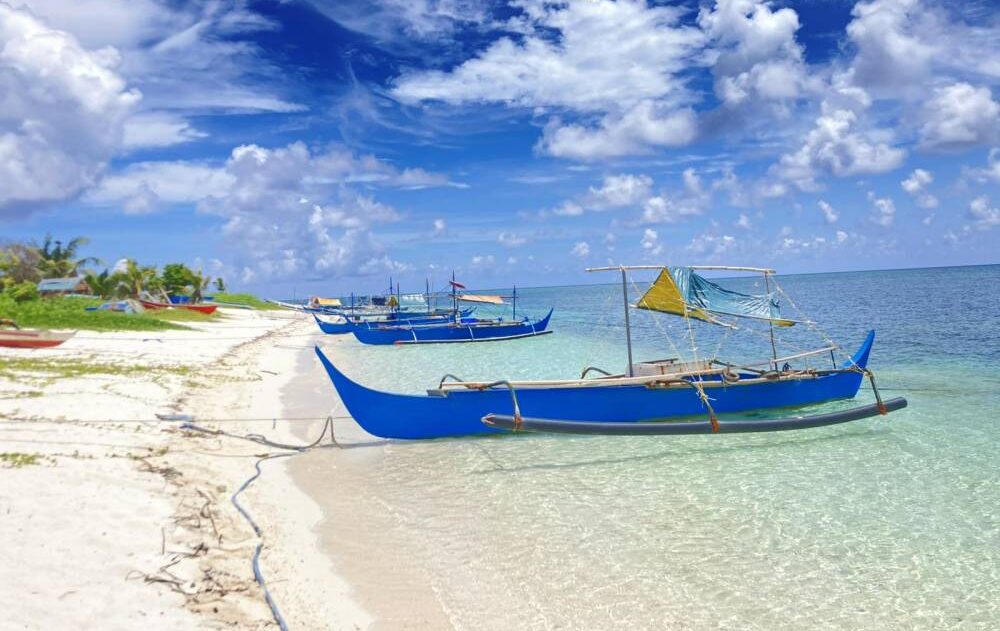
PAG-ASA ISLAND—On this tiny piece of land, 389 Filipinos have settled down and made a home, making them a remote yet closely monitored community with a direct stake in the future of the disputed South China Sea.
Among them is Marilou Vales, 54, who first visited this 37-hectare island in 2004.
Pag-asa back then had no pier, so they had to disembark from their ship while still quite far from the coast, using a rope ladder to transfer to a rubber boat for the final stretch to the shore. Vales arrived as part of a summer tour organized by the municipality of Kalayaan, Palawan province, where she worked as a local government employee.
After that, she frequently visited the island until she agreed to stay permanently in 2021.
Her official designation today is “island coordinator,” one tasked with overseeing the needs of the residents and reporting regularly to the town mayor, whose office is in Puerto Princesa City, the provincial capital.
Internationally known as Thitu, Pag-asa is part of the cluster of islands known as the Spratlys and one of the seven that make up Kalayaan. In more geopolitical terms, it is the only Philippine-controlled outpost in the Spratlys with civilian occupants—an assertion of the country’s sovereignty in the face of China’s expansionist claims in the South China Sea.
Easier travel
But far from what Vales saw when she first laid eyes on Pag-asa, the island now does not only have a pier but also a sheltered port and beaching ramp, developments that have significantly eased travel.
The old 1.3-kilometer runway, which used to be grassy and easily got muddy whenever it rained, will soon get an upgrade as part of a P3.2-billion plan under the proposed 2025 national budget to improve state facilities in the West Philippine Sea (WPS), the area within the South China Sea that marks the country’s exclusive economic zone. The designation of this area as WPS, covering the waters off Batanes to Palawan, started in 2011 during the Benigno Aquino III administration.
Construction of a new hangar started in 2022 and is expected to be finished before the end of this year, said Vice Adm. Alfonso Torres Jr., commander of the Western Command of the Armed Forces of the Philippines, which has jurisdiction over the WPS.
The state weather bureau is also setting up a synoptic station on the island for more accurate forecasting for the benefit of the civilian residents and military contingents stationed here.
These upgrades, according to Col. Francel Margareth Padilla, the AFP spokesperson, are “a strategic investment in strengthening our external defense posture. These infrastructure improvements would enhance logistical support and operational readiness for our personnel, ensuring that we remain prepared to safeguard our national interests.”
Like any regular barangay (village) in the Philippines, Pag-asa now has a school, a health center, a police station, water and power supplies and a relatively reliable mobile phone service. There’s at least one nurse and a midwife on call, while a doctor occasionally comes to visit from mainland Palawan.
Electricity became 24/7 starting in 2018, while access to potable water is maintained through a filtration system.
A handful of “sari-sari” stores operate, though the goods shipped from Palawan once or twice a month tend to be pricier due to the transport costs entailed by the 480-km trip from the mainland.
“A lot has changed in the island. We are happy because we never expected this. I think more developments are coming because many are extending help,” Vales told this reporter in a recent interview.
The Inquirer was part of the media delegation that covered a 10-day maritime patrol conducted in August by the Bureau of Fisheries and Aquatic Resources in the WPS, which included a stop on Pag-asa.
To further demonstrate Philippine control, Vales said more infrastructure projects should be built here “to show that we are really interested and that this is really ours.”
Like the municipal employee, fisherman Larry Hugo, 45, has called this island his second home over the last 15 years. He first arrived in 2009 from Palawan after being told by friends about the construction jobs available.
The island had less than a hundred residents at the time, Hugo recalled.
“I was curious and I wanted to know what was in Pag-asa,” he said when the Inquirer met him inside his small house, busy fixing a fishing net.
“We were the ones who built the first school here,” he said, referring to Pag-asa Integrated School, which currently has 14 teachers handling elementary to senior high classes.
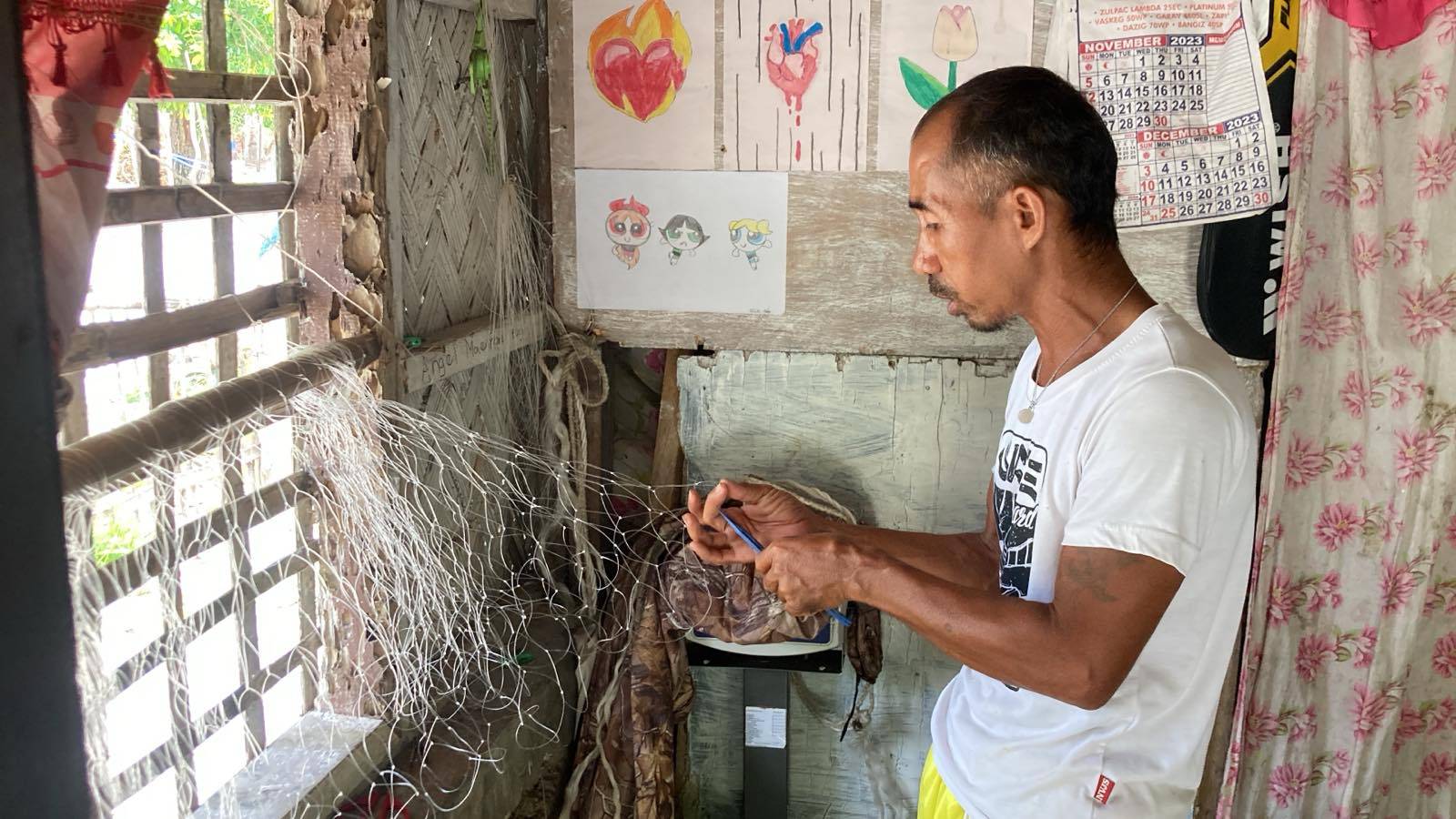
Free schooling
Among the teachers is Realyn Limbo, who arrived here in 2015 when there were only 23 students from Grades 1 to 6.
Most of the students, Limbo said, were from mainland Palawan, where the overall cost of sending children even to public schools could still prove too steep for the poorest families.
“The kids want to study, but life in mainland Palawan is expensive. So the local government gave their parents work here so their children could also study here,” she said.
“Here everything is provided by the local government (including a rice subsidy) and the Department of Education (DepEd). The kids do not have to worry about anything. They just go to school and study,” she added.
However, some grades still needed to share classrooms due to the lack of facilities. When the Inquirer saw the school in August, one class was taking lessons under a tree because their room had poor ventilation on that particularly hot day.
But despite these inadequacies (which are actually still true in many other DepEd campuses nationwide), Limbo said, “I am happy that the school population is growing.”
She would always encourage her students to “stay strong and study well,” the teacher said, “because I want them to have a bright future.”
Those words were addressed to the likes of Chinalyn Belidan, 13, a Grade 8 student who was born and raised in Pag-asa. Her mother currently works here as a housekeeper of the town’s vice mayor.
“Life here is okay, although we lack equipment and school supplies like books, chairs, tables, electric fans,” Belidan told the Inquirer. “We usually have classes outdoors because it’s too hot inside.”
The Pag-asa teenager shared her wish list: more classrooms, more chairs, and enough books—so that she and her schoolmates would no longer need to share these basics.
The girl who grew up in the tiny island harbors big dreams. She said she would like to become a star athlete and make it to the Olympics, having been inspired by the gold-winning gymnast Carlos Yulo.
She has developed a love for swimming—in the waters of the WPS where, going for a dip, she would always see Chinese ships on the horizon, spotting them even in the blackness of night thanks to their lights.
There were at least 18 Chinese maritime militia ships and a China Coast Guard vessel within sight from the island when the Inquirer was there.
“I am afraid because they might invade us,” Belidan said, recalling how the sightings used to make her “tremble in fear.” Those moments ceased only when her parents told her to just pray.
On top of her ambitions in sports, Belidan said she would also like to join the Philippine Army because “I want to defend the island.”
Aside from the soldiers, three policemen—Capt. Felerico Namuco Calingao, Cpl. Renante Dubria, and Master Sgt. Romulo Rivero—help keep the local peace. The island has maintained a zero crime rate, at least since record-keeping began.
No cemetery yet
Like Belidan, Hugo, the fisherman, expressed readiness to defend his part of the archipelago. He’s ready to die in Pag-asa, he said, albeit pointing out that the island, after all the recent developments, has yet to have a cemetery.
“So I think that once I get old and weak, I may have to leave this place because there is no cemetery here,” he said with a chuckle. “I might die here without seeing a local cemetery being built.”
Hugo, president of the Pag-asa Island Fisherfolk Association with 114 members, recalled that in 2021, a China Coast Guard ship blocked his fishing vessel and blasted its horn as he was approaching one of the sandbars off Pag-asa.
He lamented that their catch has dwindled from 50 kilos a day to just 20 kilos, because Chinese vessels have been driving away Filipino fishermen for years.
“We are like thieves in our own territory,” Hugo told the Inquirer inside his small home.
He also fears Beijing’s new policy that authorizes its coast guard to arrest trespassers who cross what it claims to be its borders in the South China Sea.
“At first, we were terrified about the new law, but what can we do, our livelihood is at stake here. Our families depend on us,” he said.
While this policy did not deter them from fishing in their traditional fishing grounds, we are more “cautious now,” said Hugo, noting that Chinese ships are always ready to ram their much smaller fishing boat.
“They bully and harass us. But someday they will find their match,” he added.
Even for a part-time fisherman like Ador Sacamay, 28, an employee of the National Power Corp. assigned to Pag-asa, the difference has been palpable.
His catch has gone down to just five kilos a day, Sacamay said, as they have been displaced by foreign vessels, which they also suspect of engaging in cyanide fishing.
New source of income
However, at least one unexpected source of income has emerged in Pag-asa: tourism. Vales said the island has been open to leisure travelers since 2023, with at least 10 homeowners offering lodgings. Three more homestay facilities are being built.
And why not? Pag-asa, after all, can proudly grace any tourism brochure with its white sand beaches and crystal clear waters.
All that, plus a Philippine Navy or a Philippine Coast Guard ship now permanently stationed there as a deterrent to any Chinese act of aggression.
Such is life—a constant watch, a long-term plan for fortification and the nurturing of family hopes and children’s dreams in between—on an island that keeps the Philippine flag flying in one of the world’s most contentious waters.















